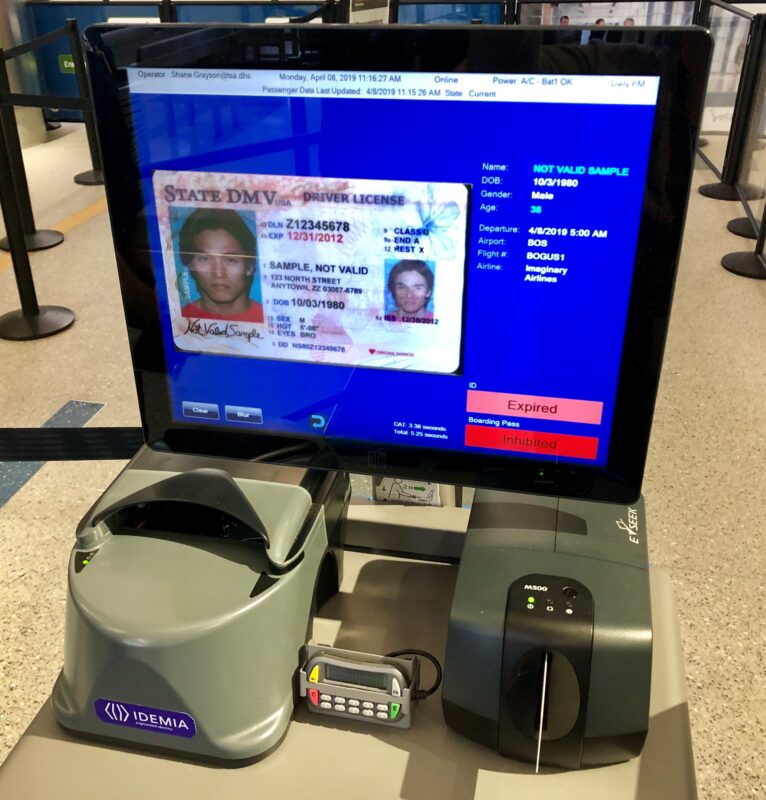
Transportation Security Administration (TSA) officials are espousing the benefits of implementing credential authentication technology (CAT) and computed tomography (CT) scanners at two airports.
TSA indicated it has installed a new credential authentication technology (CAT) unit and a 3-D computed tomography scanner at the Salisbury-Ocean City Wicomico Regional Airport security checkpoint.
Additionally, the TSA noted (CT) checkpoint scanners providing 3-D imaging have also been installed in all 14 Transportation Security Administration screening lanes at Indianapolis International Airport (IND).
CAT units authenticate over 2,500 different types of IDs that include passports, military common access cards, retired military ID cards, Department of Homeland Security Trusted Traveler ID cards, U.S. visas and driver’s licenses and photo IDs issued by state motor vehicle departments.
“The credential authentication technology enhances detection capabilities for identifying fraudulent documents such as driver’s licenses and passports at the checkpoint and increases efficiency by automatically verifying passenger identification,” TSA Maryland Federal Security Director Christopher Murgia said. “For example, we’ll know immediately if the ID has expired or has been altered in some fashion to change the age, address or photo of the individual. The system will also confirm the passenger’s flight status in near real time through a secured connection, which enables us to confirm that this traveler is ticketed to fly out of this airport today.”
The CT system applies sophisticated algorithms for the detection of explosives via a 3-D image that can be viewed and rotated 360 degrees on three axes for thorough visual image analysis by a security officer.
“Along with providing critical explosives detection capabilities, this new technology improves the ability for our TSA officers to determine whether an item inside a carry-on bag is a possible threat,” Indiana TSA Federal Security Director Aaron Batt said.

